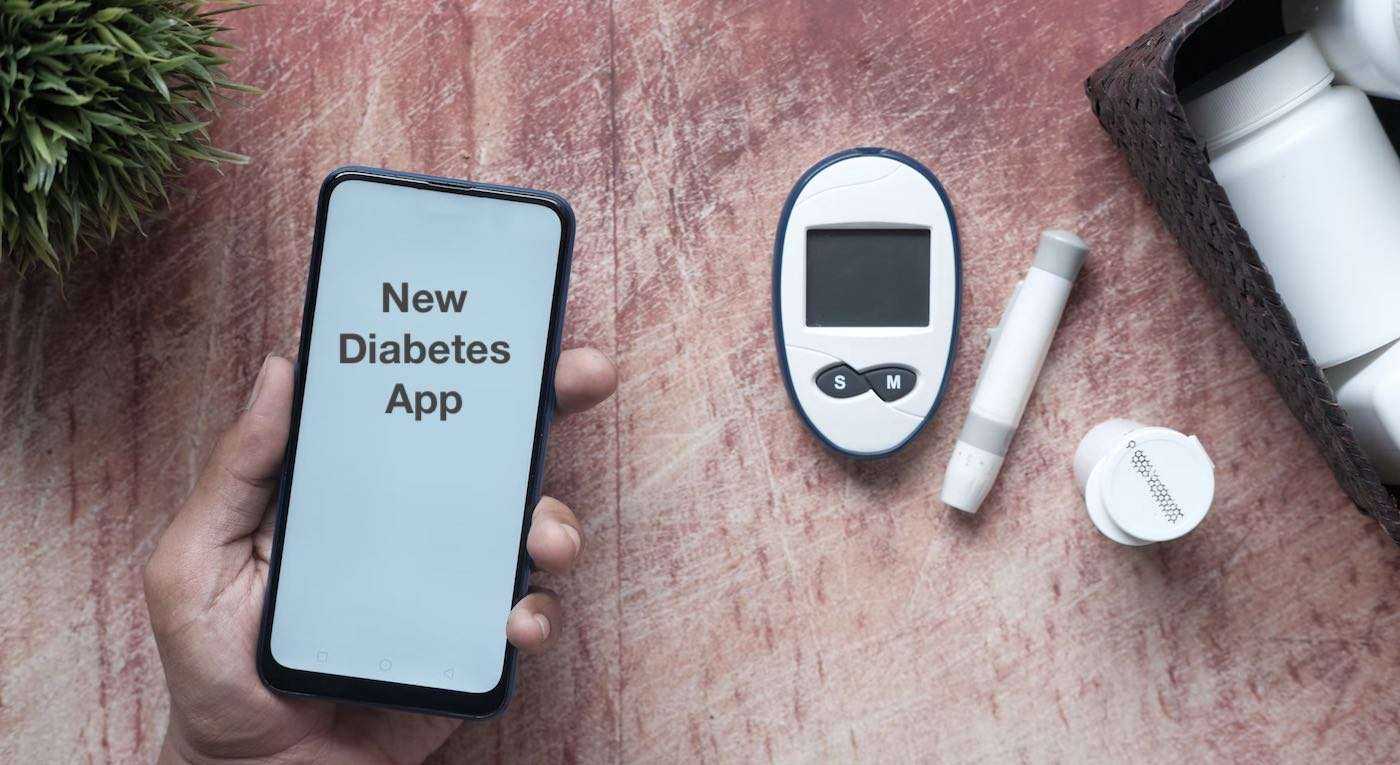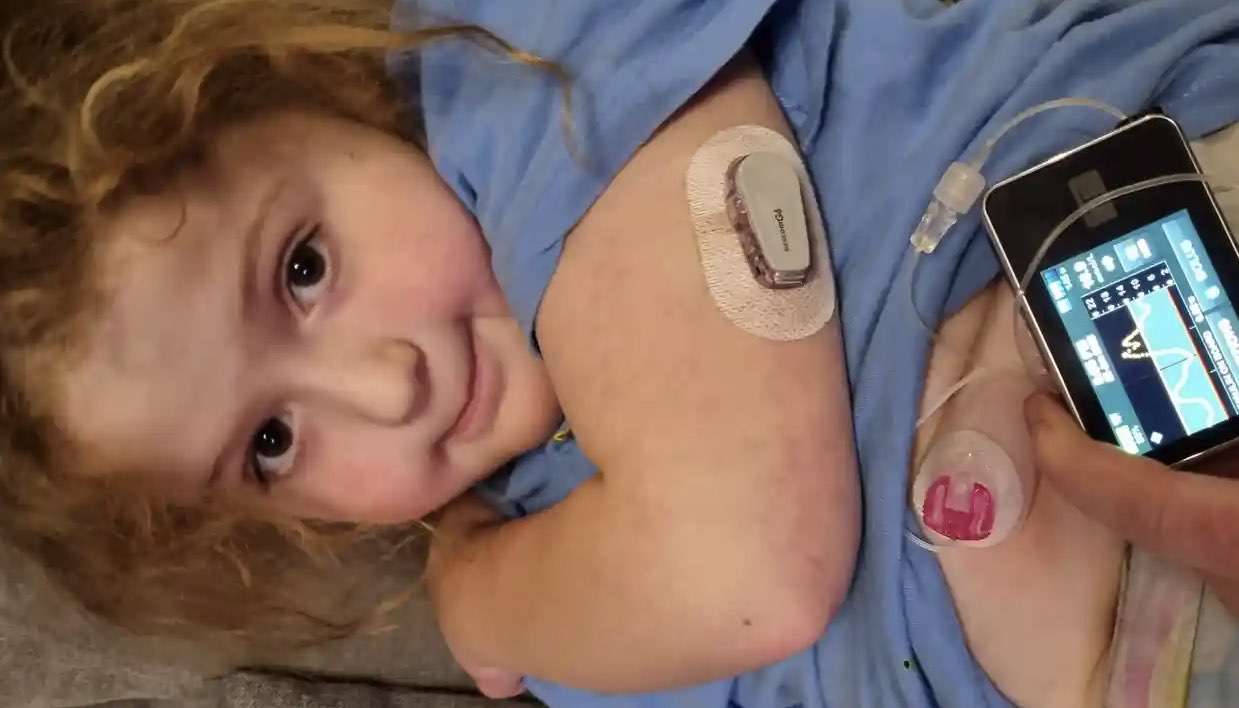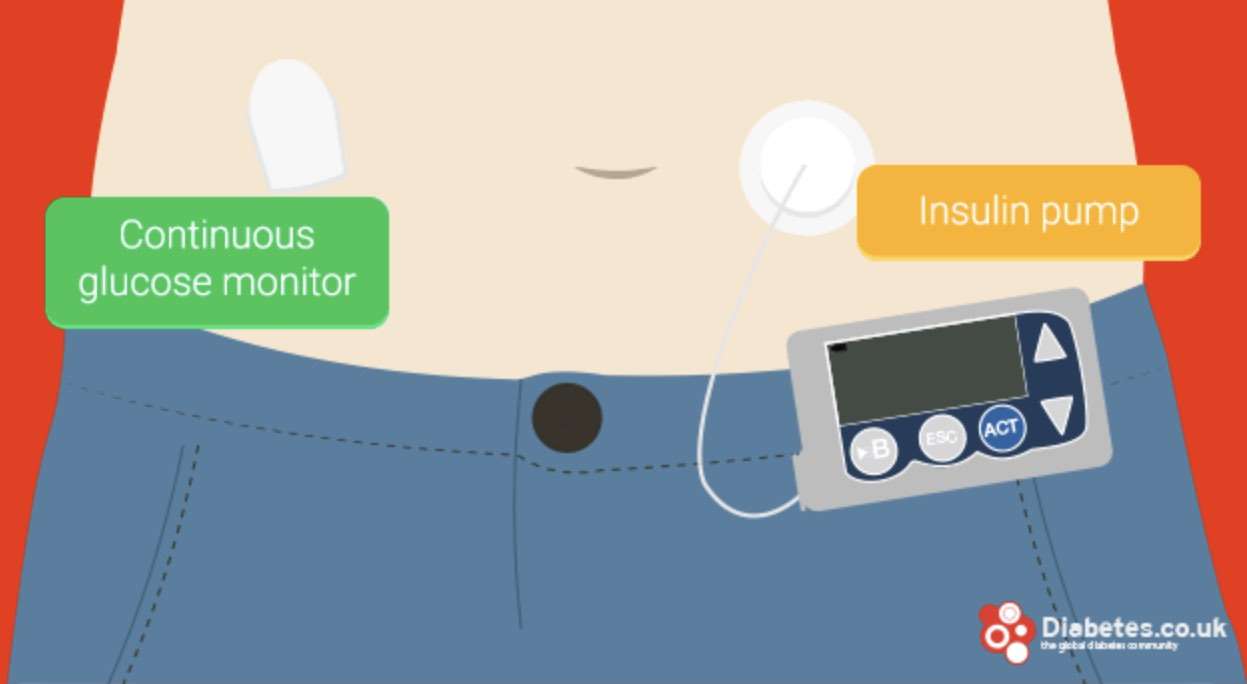Neanderthals May Hold Clues as to Why Modern Humans Suffer Lower Back Pain
A new NYU analysis considers backbone differences between humans and Neandertals — and the possible impact of industrialization.

Scientists at Cambridge University just completed a successful trial of their artificial pancreas that helps Type 2 diabetes patients better manage their blood sugar levels.
In fact, researchers say the device and app, powered by an algorithm, doubled the duration of time that patients' blood sugar levels were on target. It also reduced by 50% the time they spent with blood sugar that was too high.
The announcement comes just days after UK's National Health Service gave the green light to its usage for patients.
The device, created by the University's Wellcome-MRC Institute of Metabolic Science, combines an off-the-shelf glucose monitor and insulin pump with an app known as CamAPS HX.
The app predicts how much insulin is needed to keep blood glucose at healthy levels.
Earlier studies, including one based on 875 patients, have found that an artificial pancreas running on a similar algorithm works in patients with type-1 diabetes, including very young children.
Unlike the earlier devices, this new one runs completely automatically and patients do not need to tell their artificial pancreas when they are about to eat.

For the study, the researchers recruited 26 patients from a Cambridge diabetes clinic and patients were randomly assigned to two groups.
The first group tried the artificial pancreas for eight weeks and then switched to the standard therapy of multiple daily insulin injections while the second group began on standard therapy and then switched to the artificial pancreas after eight weeks.
The team used several measures to assess the effectiveness of the artificial pancreas. The first was the proportion of time that patients spent with their glucose levels within a target range of between 3.9 and 10 millimoles per liter, the standard measure of glucose levels in blood.
Patients using the artificial pancreas spent two thirds (66 percent) of their time with their glucose levels within target range, double that for the control group (32 percent).
In contrast, patients taking the standard therapy spent 67 percent of their time with high glucose levels, which halved to 33 per cent when they used the artificial pancreas.
Average glucose levels fell from 12.6 millimoles/liter when taking the control therapy to 9.2 when they used the artificial pancreas. The app also reduced levels of a molecule known as glycated hemoglobin in patients.

Glycated hemoglobin develops when hemoglobin, a protein within red blood cells that carries oxygen throughout the body, joins with glucose in the blood and becomes 'glycated'. By measuring it, doctors are able to get an overall picture of what a person's average blood sugar levels have been over a period of weeks or months. For people with diabetes, the higher the glycated hemoglobin levels, the greater the risk of developing diabetes-related complications.
After the control therapy, average levels of glycated hemoglobin were 8.7 percent but this fell to 7.3 percent while using the artificial pancreas.
No patients experienced dangerously-low blood sugar levels, known as hypoglycemia, according to the findings published January 2 in the journal Nature Medicine.
Participants said they were happy to have their blood sugar managed in this way and nine out of ten of them reported spending less time overall managing their condition. Users liked the fact that they no longer needed to jab themselves and say it made them more confident in managing their blood sugar.
Downsides were increased anxiety about developing hyperglycaemia, which the team say may reflect greater awareness and monitoring of blood sugar levels, and practical annoyances with wearing devices.
The team also successfully tried out their creation on patients who need kidney dialysis.
"The artificial pancreas can provide a safe and effective approach to help them, and the technology is simple to use and can be implemented safely at home," said study co-lead author Dr. Charlotte Boughton.
Study author Dr. Aideen Daly added: "One of the barriers to widespread use of insulin therapy has been concern over the risk of severe 'hypos' - dangerously low blood sugar levels.
"We found that no patients on our trial experienced these and patients spent very little time with blood sugar levels lower than the target levels."
Globally, around 415 million people suffer from the condition, with more than 4.9 million Brits having diabetes which is estimated to cost the NHS £10 billion per year.
Ordinarily, blood sugar levels are controlled by the release of insulin, but in patients with type two diabetes insulin production is disrupted-and if left untreated can cause serious problems including eye, kidney, and nerve damage as well as heart disease.
The team now plan to carry out a much larger study to build on their findings and have submitted the device for regulatory approval in the hope it will become commercially available for patients.
SHARE This Sweet Breakthrough For Diabetes Patients on Social Media…
Be the first to comment